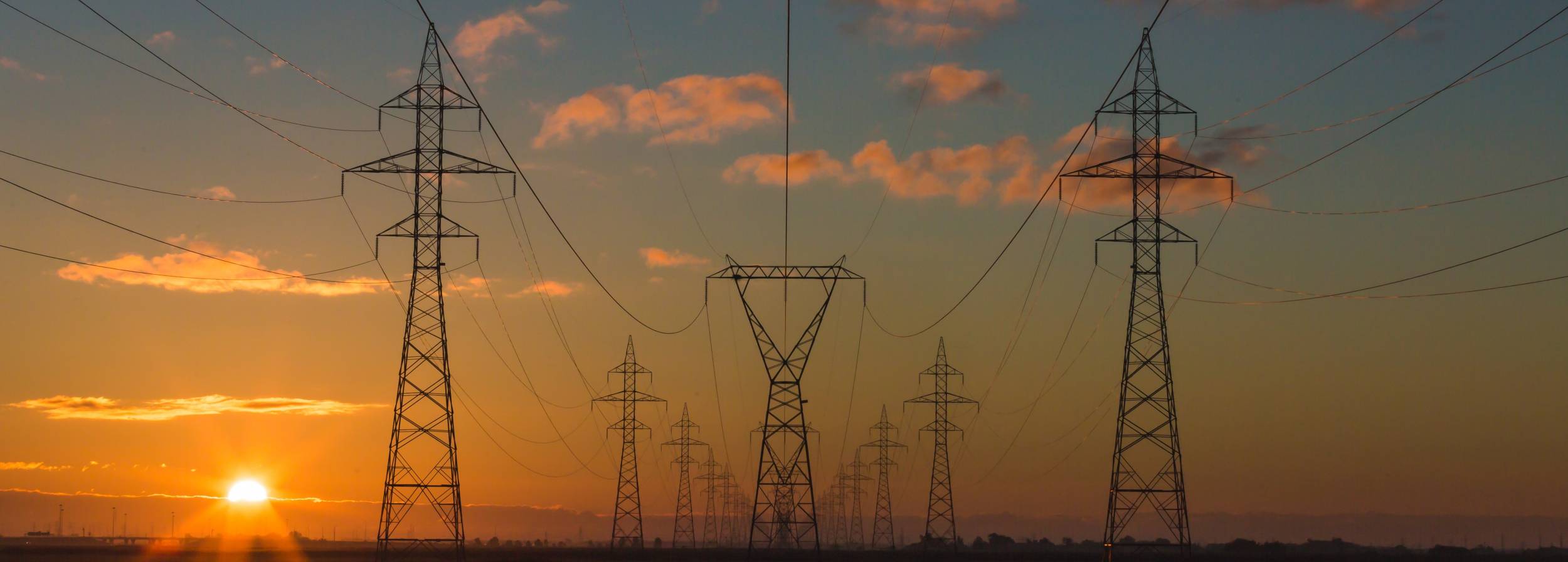
By Morgan Pitts 3/18/2018
You may have seen headlines about foreign interference in U.S. elections and social media. But, while unsanctioned uses of Facebook data may be in the news, there is another cybersecurity threat that has not received nearly as much attention: foreign cyberattacks on U.S. energy infrastructure.
On March 15th, the New York Times reported that foreign powers (including Russia) had successfully penetrated the control systems of critical energy infrastructure in the U.S. This means that any actor – whether officially sanctioned by a foreign government or not – could potentially hijack the U.S. energy grid and disrupt power supply to millions.
The U.S. electricity grid has existed in its current form, more or less, for decades. Large, centralized generating stations produce electricity and utilities distribute it to consumers. This centralized model means that the exploitation of one weak point could have an impact upon tens of thousands (or more) people. Some readers may remember the 2003 Northeastern Blackout. During this incident, an alarm malfunctioned in the operating room of a Midwestern utility – this one malfunction led to a cascading failure that left 50 million people without power in the US and Canada for days. While this was a malfunction, it is conceivable that a hacker could intentionally trigger such an event.
The good news is that the grid is rapidly evolving. The electricity industry is moving away from the centralized generation model. “A large, central generating station…is the riskiest investment we could possibly make,” said Nicholas Akins, Chairman and CEO of American Electric Power at the ETS 2018 conference in Austin. The industry is recognizing that the old business model is no longer viable, and that the future is renewable and decentralized.
The electricity you purchase through The Energy Co-op helps drive this transition. Renewable energy resources are less centralized than their fossil-fueled predecessors and adapting the grid to utilize more renewables will necessitate the adoption of “smart grid” technology. This means that not only is the electricity the Co-op provides better for the planet, it is also helping to build a more secure, more reliable energy grid one member at a time.
For more information, see:
Vox.com: It’s not just elections. Russia hacked the U.S. electric grid.
New Rules Level the Playing Field for Electricity Storage
In February, the Federal Energy Regulatory Commission (FERC) issued new rules that, for the first time, enable storage (aka large, utility-scale batteries) to compete with other sources of electricity on the wholesale energy market. This means that electric utilities now have a valuable new tool to manage the intermittency of renewable energy resources which will enable the further replacement of conventional generation with renewables.
Why is this important? It addresses two key challenges: Batteries allow the provision of reliable electricity generated by intermittent renewable sources and the improvement of grid security by allowing for a more local and decentralized electricity grid. This ruling by FERC paves the way for a cleaner, more secure energy future.
For more information, see:
Greentech Media: FERC Allows Energy Storage to Play in Nationwide Wholesale Markets
FERC Issues Final Rule on Electric Storage Participation in Regional Electric Markets